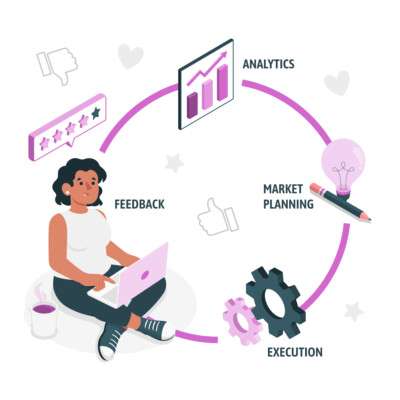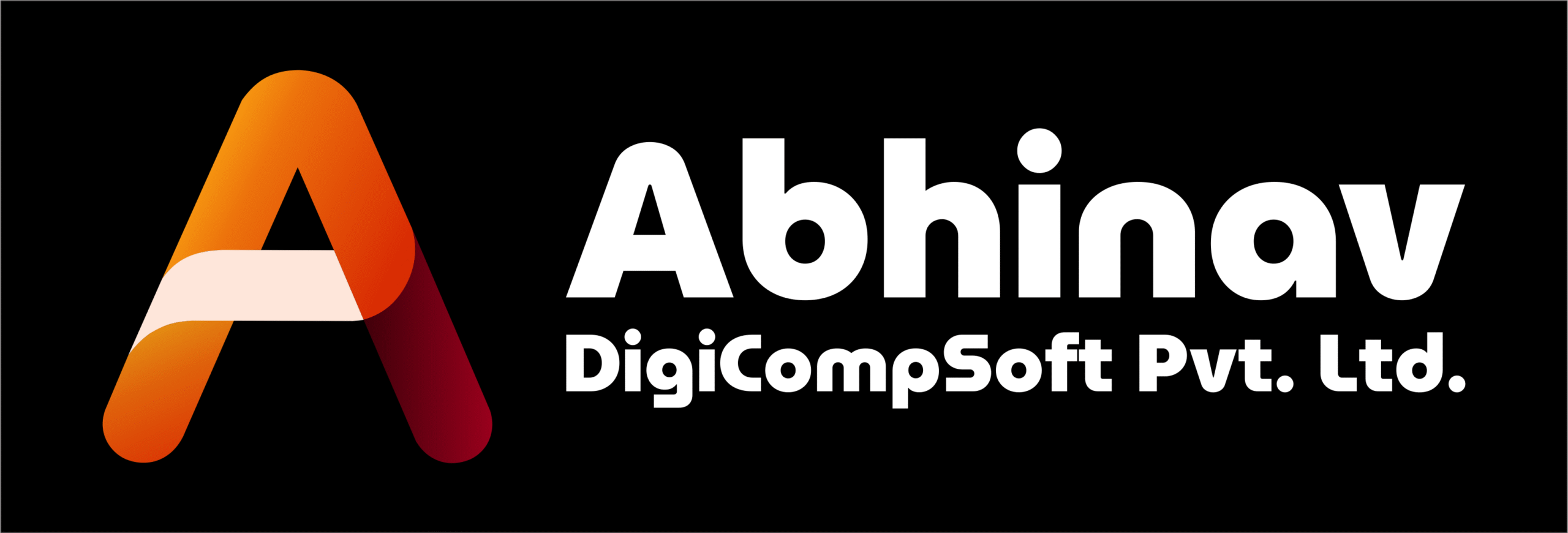Introduction of Digital Technologies
The Emergence of 2D and 3D Product Configurators
Integration with E-Commerce and Digital Platforms

Benefits of Using a Product Configurator for Signage Makers
Discuss the specific advantages that signage makers can reap from adopting product configurators:
Customization Made Easy:
Show how it simplifies the customization process by letting customers select their preferences quickly.
Reduced Errors:
Highlight how configurators reduce human errors in order-taking by standardizing input fields, ensuring accuracy in final production.
Boost Sales and Customer Engagement:
Mention that configurators can boost sales by allowing potential customers to visualize and design their labels/signs easily, which leads to higher engagement and conversion rates.
Cost-Effectiveness:
Explain how product configurators can cut down production costs by streamlining the design process, making it less labor-intensive for the signage makers.
Visualizing the Final Product :
A product configurator allows clients to visualize the signage in real-time before production. Whether it’s a storefront sign or an indoor display, customers can see how their changes will look, reducing misunderstandings and the need for redesigns.
Faster Quoting and Order Processing The configurator calculates pricing instantly based on customer selections, including materials, sizes, finishes, etc. This eliminates the back-and-forth of manual quoting, speeding up the ordering process and improving efficiency.
Applications
Product configurators, whether 2D or 3D, are increasingly becoming integral to the signage industry, offering a range of applications that enhance both customer experience and operational efficiency.

E-commerce Integration

One of the most prominent applications of product configurators is in e-commerce platforms. They enable businesses to seamlessly integrate configuration tools into their online stores, allowing customers to personalize products before purchase. This capability is particularly valuable for platforms like Shopify, where users can manage their product catalogs and enhance the shopping experience by allowing customers to see their own prices while customizing products, thus supporting various currencies and languages.
Enhanced Customer Engagement

Product configurators also serve to improve customer engagement. By utilizing interactive visualizations, customers can explore and customize products in 3D or 2D, which has been shown to increase purchase likelihood by up to 20% when users are able to personalize their items. This level of engagement not only enhances customer satisfaction but also reduces return rates, as realistic visualizations help consumers make informed decisions.
Streamlined B2B Processes

In the business-to-business (B2B) sector, product configurators play a crucial role in streamlining ordering processes. They ensure accurate specifications and reduce errors, enhancing overall customer satisfaction. Companies can manage quotations, configurations, and orders from a single platform, significantly simplifying the workflow.
User-Friendly Design Tools

The applications of product configurators extend to design tools as well. They offer a variety of widgets that allow users to create unique product options easily, even without prior experience in 3D modeling. This flexibility enables businesses to align product presentations with their brand identity while ensuring a user-friendly admin panel for managing the creative process.
Interactive Experiences and AR
Advanced interactive experiences powered by augmented reality (AR) are another significant application. Customers can visualize products in their own environment without needing to install additional third-party apps. This functionality not only boosts engagement but also facilitates a more immersive shopping experience, ultimately leading to higher conversion rates.
How Signage Makers Can Implement Configurators
This section could provide practical tips for Indian signage businesses on how to integrate a product configurator into their systems:
Choosing the Right Software:
Offer guidance on selecting the best product configurator software based on features, pricing, and compatibility with existing systems.
Customization Features:
Suggest essential features they should look for in a configurator, such as material selection, dynamic pricing, and real-time design previews.
Case Study/Example:
Include an example of an Indian signage company that has successfully implemented a product configurator and discuss the results they achieved.
Future Trends
The future of the signage industry is characterized by rapid technological advancements and evolving consumer expectations. Companies like Signworld are dedicated to harnessing these changes to deliver cutting-edge solutions. As innovation remains a core principle, there is an anticipation of further integration of digital technologies such as augmented reality (AR) and artificial intelligence (AI) into signage solutions, providing personalized and interactive experiences for users.
Technological Advancements
Emerging trends in digital signage are paving the way for more immersive and engaging customer interactions. The integration of AR allows customers to visualize signage in real-world environments, enhancing decision-making and reducing uncertainties associated with online purchases. For instance, businesses can leverage AR to showcase how their products fit into a consumer’s space before the final purchase.
Sustainability Focus
As the push for sustainability continues to grow, companies are increasingly prioritizing eco-friendly materials and energy-efficient designs. This trend not only addresses consumer demands for greener products but also aligns with broader industry goals to minimize environmental impact. Signworld is actively adapting to these trends by staying informed about technological and environmental developments, ensuring they meet future needs with innovative solutions.
Personalization and Customization
The trend towards personalization is gaining momentum as consumers seek products that reflect their individuality. Businesses can capitalize on this shift by adopting advanced 3D product configurators that offer customizable options, thereby enhancing the shopping experience and driving customer loyalty. With more affordable technologies emerging, even smaller retailers can implement these configurators, democratizing access to advanced customer engagement tools.
Market Adaptation
In light of the digital transformation, the signage industry faces new challenges in effectively distributing products within an increasingly digital marketplace. Product configurators will play a vital role in overcoming these challenges, enabling companies to position themselves effectively in a competitive landscape. By integrating seamless interfaces that connect to backend systems, businesses can ensure that the customization options accurately reflect available inventory and capabilities










